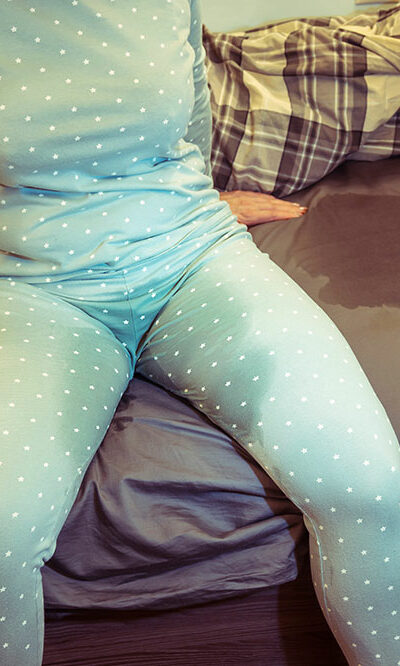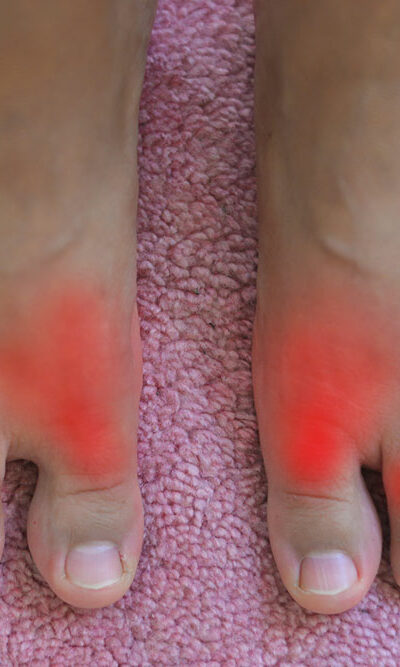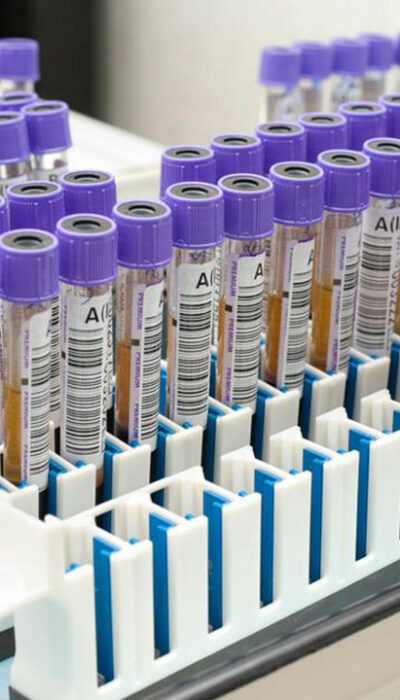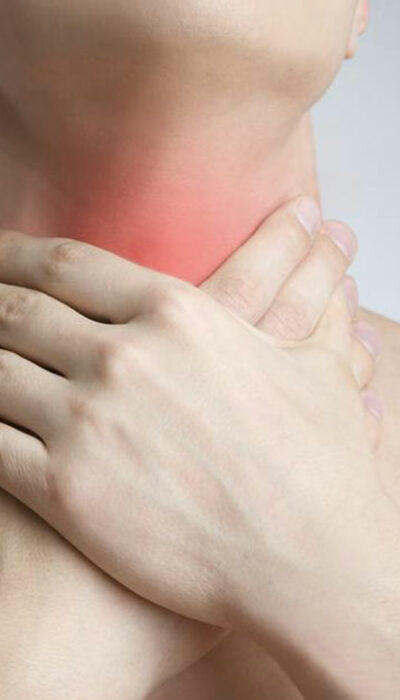
The Best Ways To Kill Bed Bugs
Bed bugs are pesky little insects that infect the soft furniture in a household like beds, sofas, couches, and other such places. They like to hide in dark places like the corners of drawers, seams of the mattresses, the bed box below the mattress and in the space between cushions. Although they do not cause any serious diseases, their presence can certainly be discomforting as they feed on human blood. Bed bugs bite humans, which sometimes causes red rashes and spots. These skin rashes, if scratched too hard, can cause breaks in the skin, causing bacteria to enter and infect it. The presence of bed bugs does not mean that your sanitation techniques should be questioned but they could have come from some other infested place like a hotel or a theatre through luggage, clothes or any other item. Bed bugs are extremely tiny in size and therefore are very hard to spot. But once you find their hiding spots, you can make use of any of some home remedies to get rid of those pesky little creatures hiding in your home. The following are some of the best ways to kill bed bugs, which you can make use of. Vacuum Cleaning Who knew that using your very own vacuum cleaner could be a simple fix making it one of the best ways to kill bed bugs? Just make sure to use your effective vacuum cleaner to reach all the hidden places like the corners of the drawers, behind the cushions, under the mattresses, along its seams, the space between the headboard and the mattress, behind the AC fittings, behind the wallpapers, in the bed box, and other such susceptible places. Make sure to clean all the places effectively and thoroughly so that no egg or larvae remain behind to restart the infestation process.










